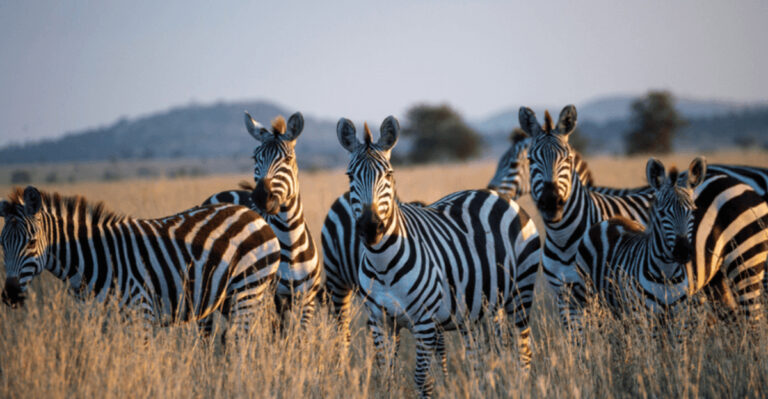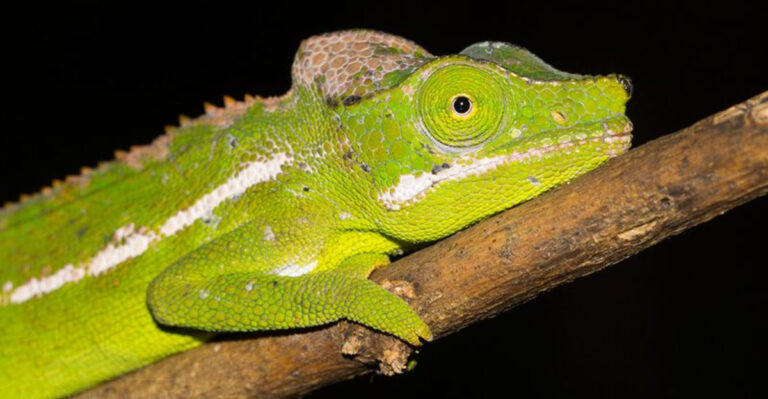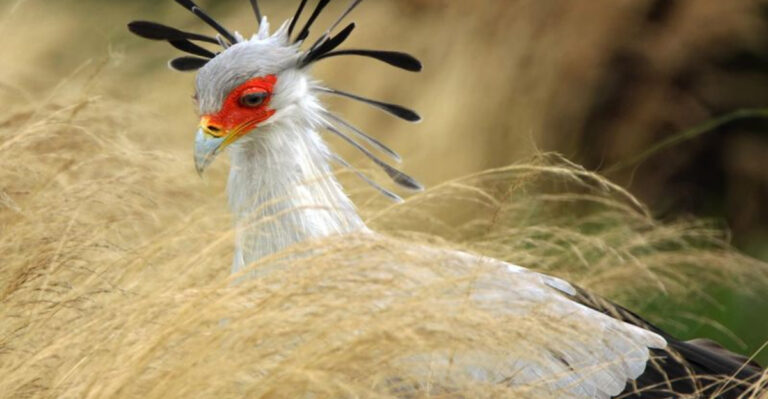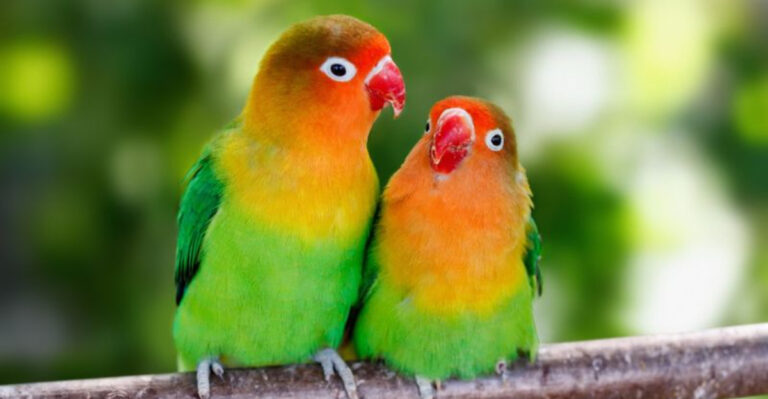13 Nocturnal Birds That Rule The Night Skies
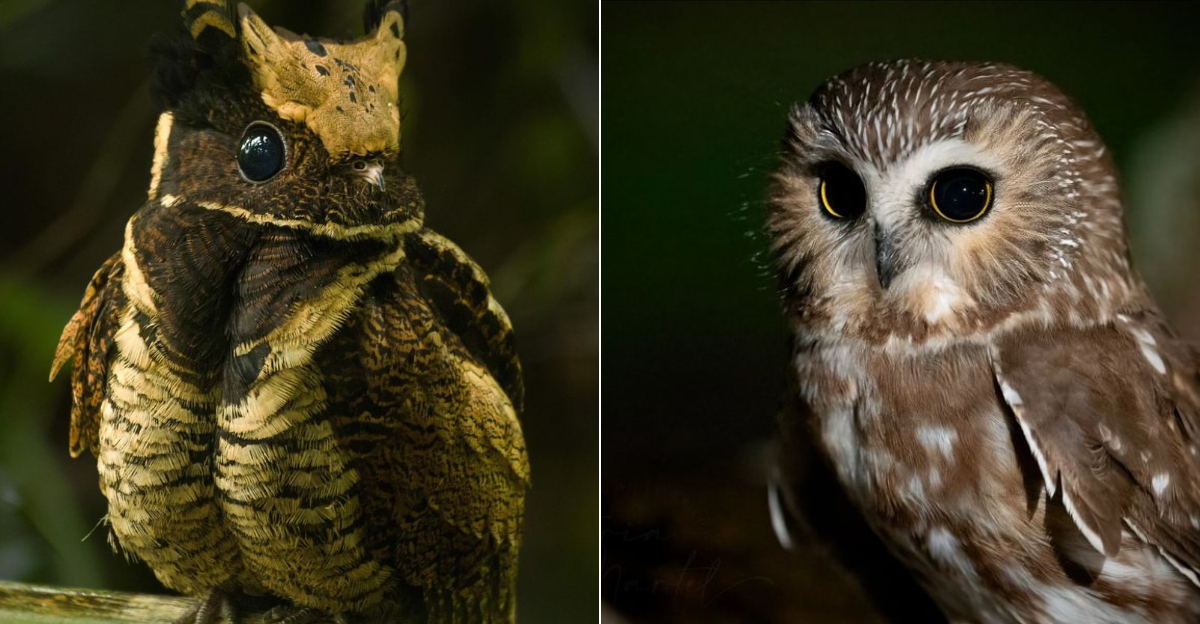
The night skies are a realm of mystery and wonder, where the moonlight casts shadows and the stars twinkle in silent orchestration.
In this enigmatic world, a special group of avian creatures reign supreme, mastering the art of night-time navigation and hunting. These nocturnal birds are not just masters of the dark, but also architects of an ecosystem that thrives when the sun sleeps.
These 13 fascinating species paint the night with their presence, each with its own unique adaptations and stories that make them rulers of the twilight. Join us as we explore these nocturnal wonders, their intriguing habits, and the roles they play in maintaining the balance of our natural world.
1. Barn Owl
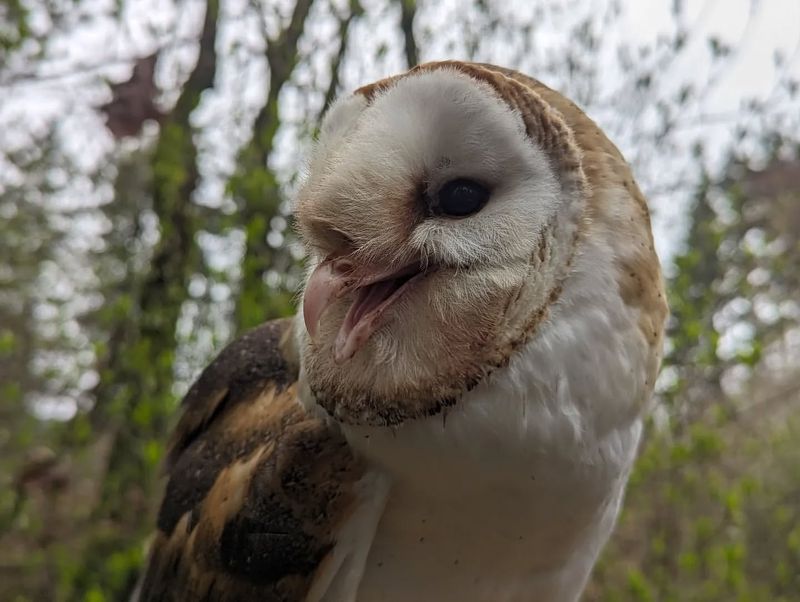
With its ghostly appearance and silent flight, the barn owl is a true sentinel of the night. Its heart-shaped face funnels sound to its ears, allowing it to hunt with precision even in the darkest hours.
Found on every continent except Antarctica, this owl is a versatile hunter, preying mostly on small mammals. Their wings are specially adapted for silent flight, thanks to their unique serrated edges that break up air turbulence.
This adaptation makes the barn owl one of the most efficient predators of the night. Besides its hunting prowess, the barn owl plays a crucial role in controlling rodent populations, making it a vital part of its ecosystem. Its eerie screech is often the only sign of its presence, as it glides through the night like a phantom.
2. Tawny Frogmouth
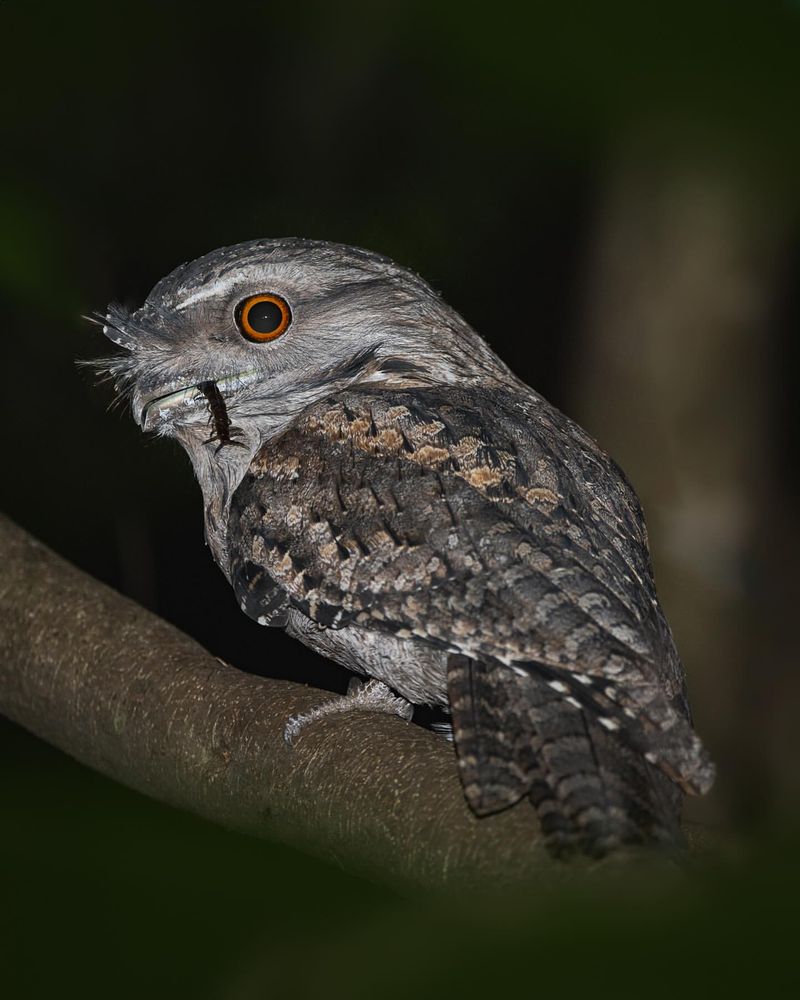
Often mistaken for an owl, the tawny frogmouth has its own unique charm. Its cryptic plumage allows it to blend seamlessly with tree bark, making it nearly invisible to predators and prey alike. During the day, it perches motionless, mimicking a broken branch.
At night, the tawny frogmouth becomes an active hunter. It feeds on insects and small vertebrates, using its wide, frog-like mouth to snatch prey with surprising efficiency. These birds form monogamous pairs and are known for their strong family bonds.
They take turns incubating eggs and feeding their young, showcasing a cooperative family dynamic. Their haunting calls echo through the night, adding to the ambiance of their natural habitat.
3. Nightjar
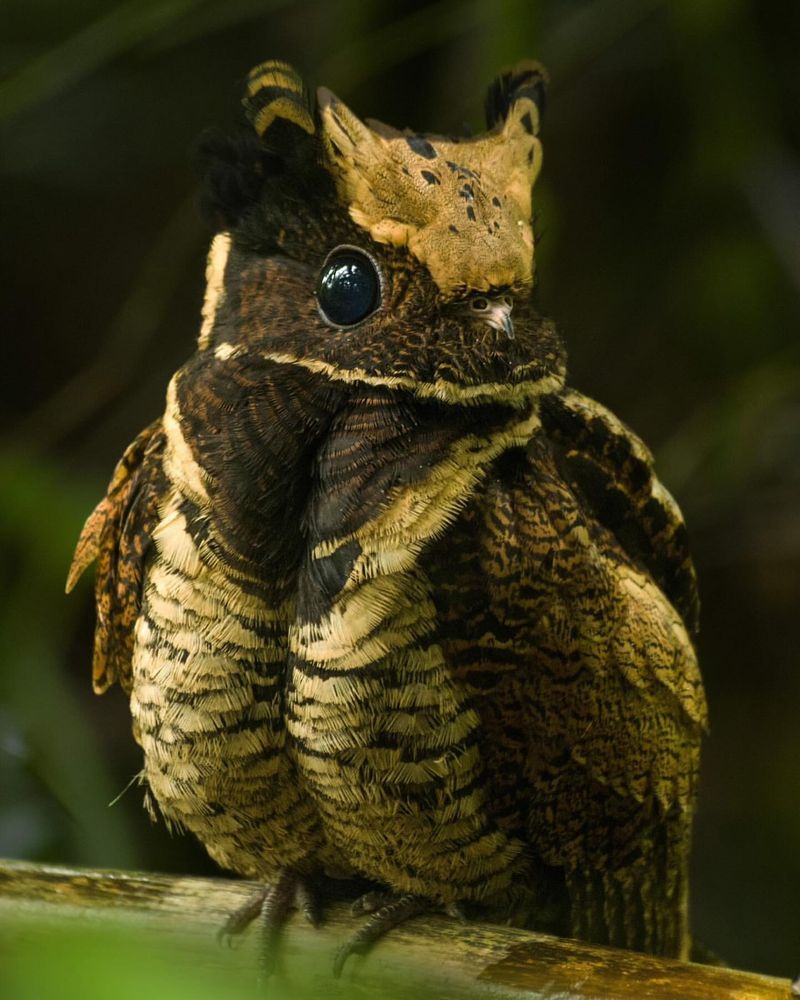
Elusive and enigmatic, the nightjar is a master of disguise. With mottled plumage that mimics the forest floor, it remains undetected during the day, resting on bare ground or low branches. This bird’s cryptic appearance is matched by its equally mysterious lifestyle.
Nightjars are insectivorous, capturing prey in flight with their wide mouths and bristle-like feathers around the beak. Their large eyes aid in night vision, allowing them to hunt efficiently under the cover of darkness.
Their eerie, repetitive calls are often the only indication of their presence, resonating through woodlands and open fields. These calls serve as territorial markers and are integral to their breeding rituals. The nightjar’s nocturnal activities contribute significantly to insect population control.
4. Long-Eared Owl
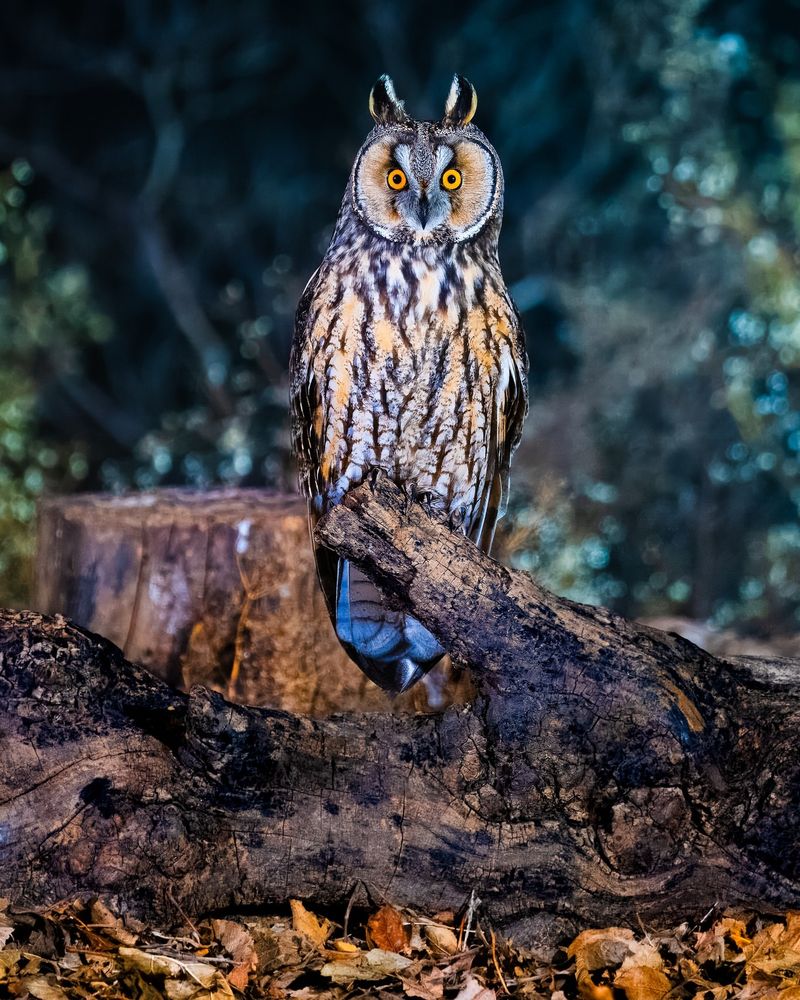
With tufts that resemble ears, the long-eared owl is easily recognizable. These tufts, however, are not functional ears; they are used for display and camouflage. Found throughout North America and Eurasia, this owl prefers dense, wooded areas for roosting.
Long-eared owls are sociable outside the breeding season, often forming communal roosts in the winter months. This behavior provides protection and shared warmth during colder nights. Their exceptional hearing aids in detecting prey beneath snow or dense foliage.
Long-eared owls primarily hunt small mammals, swooping silently through the night. This silent flight is facilitated by their soft, fringed wing feathers, similar to other nocturnal predators.
5. Common Nighthawk
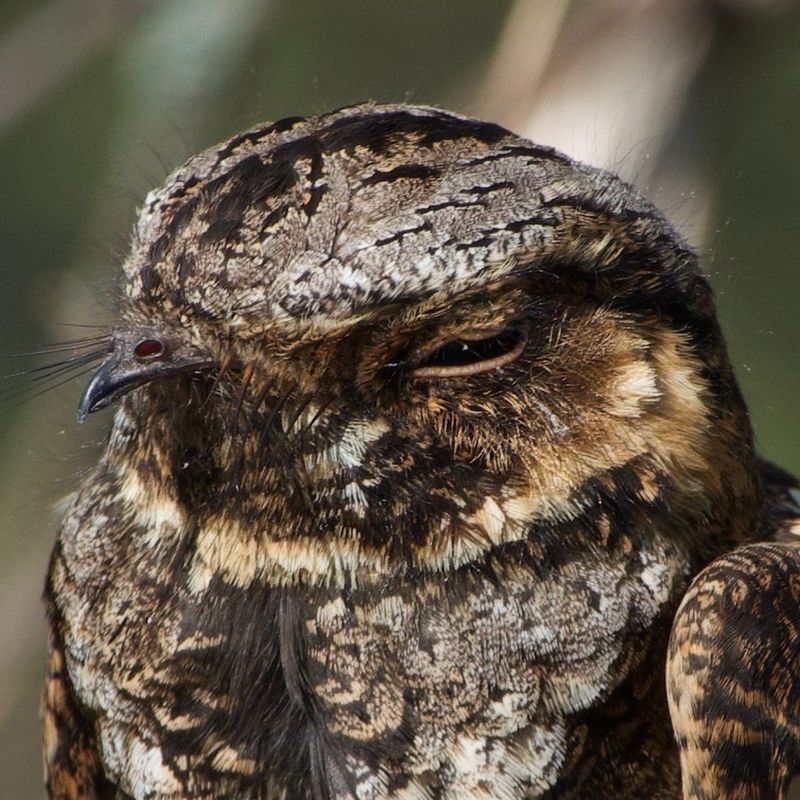
Unlike its name suggests, the common nighthawk is more active at dusk and dawn, making it a crepuscular hunter. These birds are often seen zigzagging through the sky, catching insects with their wide mouths.
Their distinctive ‘peent’ calls and dramatic aerial displays are common during the breeding season, adding a lively soundtrack to twilight hours. Nighthawks are migratory, traveling vast distances between breeding and wintering grounds.
Adapted to open environments, they nest on the ground, often on gravel rooftops in urban areas. Their mottled plumage provides excellent camouflage, protecting them from predators. This adaptability to varied habitats showcases the nighthawk’s resilience and survival skills.
6. Eastern Whip-Poor-Will
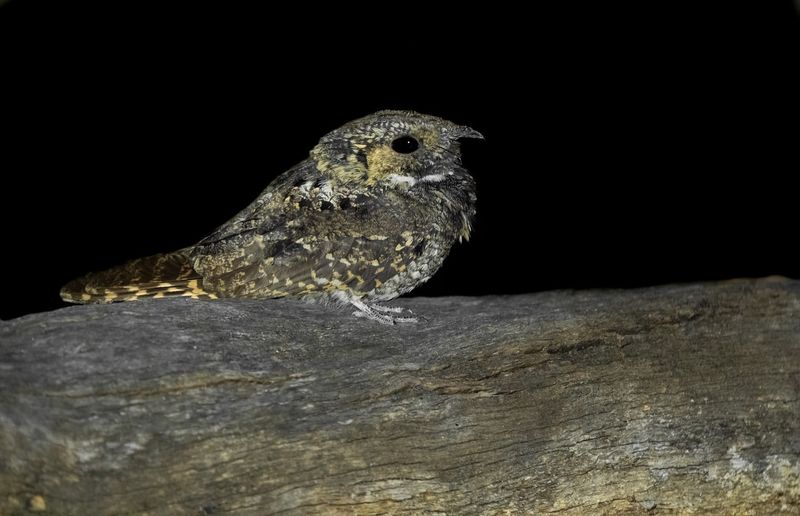
The eastern whip-poor-will is named for its repetitive and haunting call that echoes through eastern woodlands of North America. These birds are masters of camouflage, with plumage that blends seamlessly with leaf litter.
Feeding primarily on flying insects, they use their large mouths to capture prey in mid-air. Their nocturnal feeding habits are synchronized with the activity patterns of their insect prey, ensuring a plentiful food supply.
During the breeding season, the male’s persistent call serves to attract females and establish territory. This bird’s reliance on auditory signals highlights its adaptation to nocturnal life, where visibility is limited.
7. Short-Eared Owl
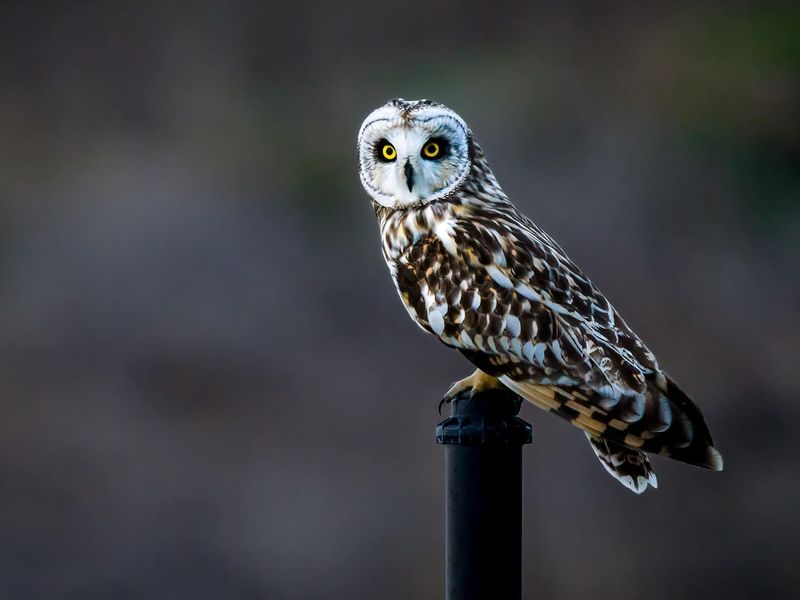
The short-eared owl is one of the most widespread owl species, found on every continent except Antarctica. Unlike most owls, it is often active during daylight hours, especially at dawn and dusk. These owls inhabit open spaces such as grasslands and marshes, where they hunt small mammals and birds.
Their broad wings and buoyant flight make them agile hunters, capable of long-distance travel. Short-eared owls are known for their distinctive “barking” calls and aerial courtship displays. These displays, combined with their vocalizations, play a crucial role in mate attraction and territory establishment. Their adaptability to various habitats enables them to thrive in different environments.
8. Northern Saw-Whet Owl
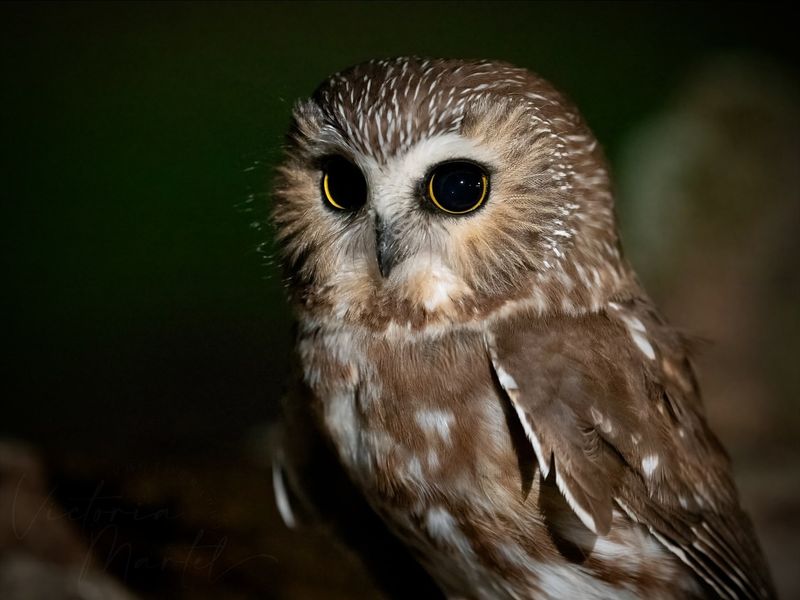
Tiny but fierce, the northern saw-whet owl is a nocturnal predator that inhabits forests across North America. Its name comes from its call, which resembles the sound of a saw being sharpened.
Despite its small size, this owl is an effective hunter, preying on mice and other small rodents. Its excellent hearing and night vision make it a formidable nocturnal predator.
During the breeding season, saw-whet owls become more vocal, with males calling to attract mates. Their calls are a defining feature of their presence in the wild, often heard long before the owl is seen.
9. Great Horned Owl
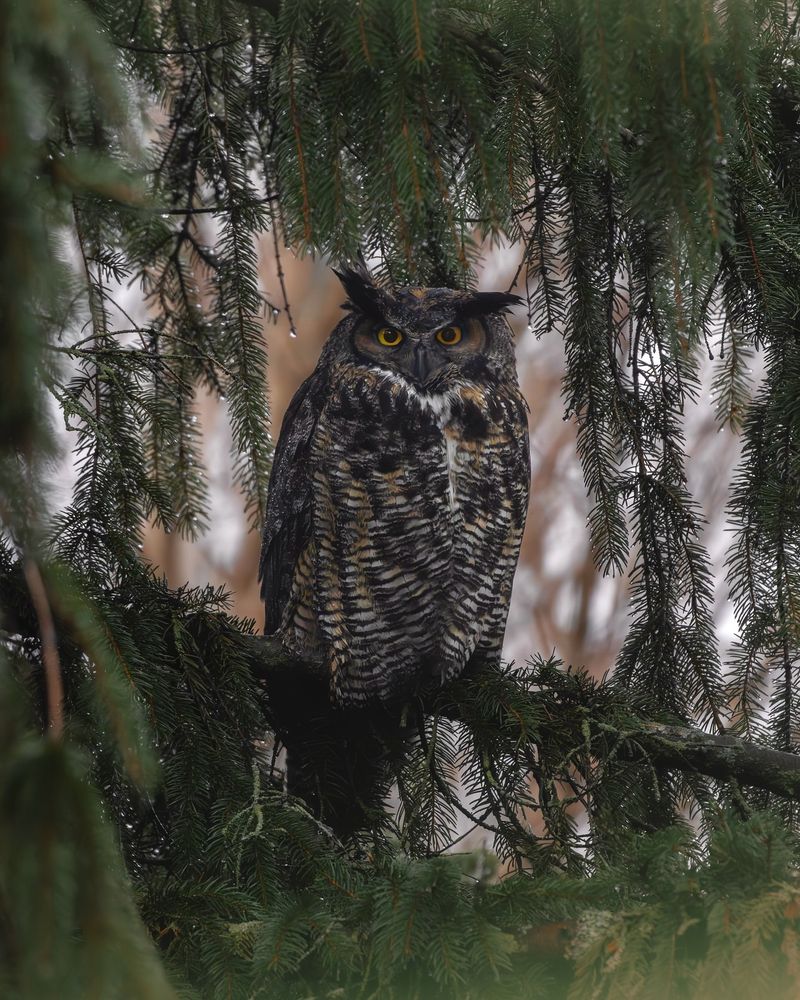
Regal and powerful, the great horned owl is one of the most iconic nocturnal birds in the Americas. Known for its distinctive tufts and piercing yellow eyes, it exudes an aura of mystery and strength.
These owls are adaptable hunters, preying on a diverse range of animals, from small mammals to other birds.
Their powerful talons and silent flight make them formidable predators. Great horned owls are also known for their deep, resonant hoots, which serve as territorial calls. These vocalizations can be heard echoing through forests and urban areas alike, marking the presence of this nocturnal ruler.
10. Spectacled Owl
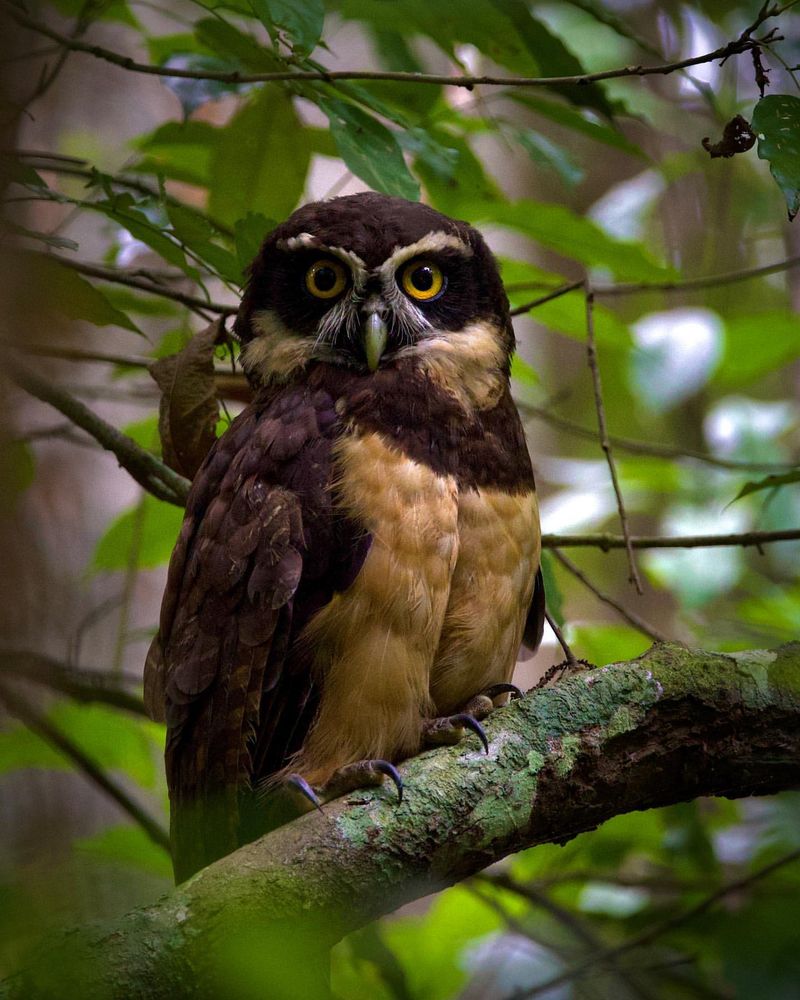
Distinctive for its white “spectacles” around its eyes, the spectacled owl is a striking sight in the tropical rainforests of Central and South America.
This nocturnal predator is known for its deep, rhythmic hoots that echo through the forest. Hunting mostly from a perch, it preys on a variety of animals, including insects, small mammals, and reptiles. Its diet reflects the rich biodiversity of its rainforest habitat.
The spectacled owl’s striking appearance and haunting calls contribute to its reputation as a formidable night hunter. Its presence is a reminder of the complex and vibrant ecosystems of the rainforest.
11. Australian Boobook
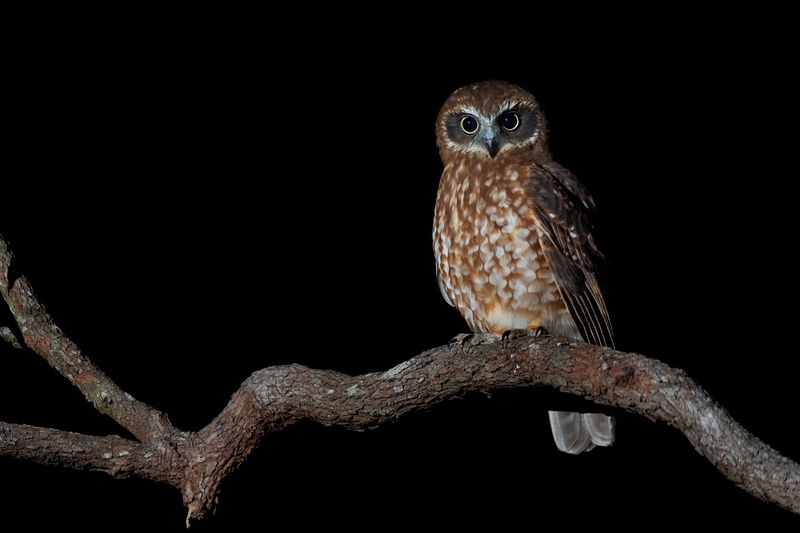
The Australian boobook, also known as the mopoke, is the smallest owl species in Australia, yet it possesses a powerful voice. Its “boo-book” call is a familiar sound in Australian forests and urban areas alike.
These owls are highly adaptable, thriving in a range of habitats from dense forests to open suburban spaces. Their diet consists mainly of insects and small vertebrates, which they hunt at night. Boobooks are monogamous, with pairs often seen calling to each other throughout the night.
This vocal communication strengthens their pair bond and establishes territory, ensuring their survival in both wild and urban environments.
12. Eurasian Eagle-Owl
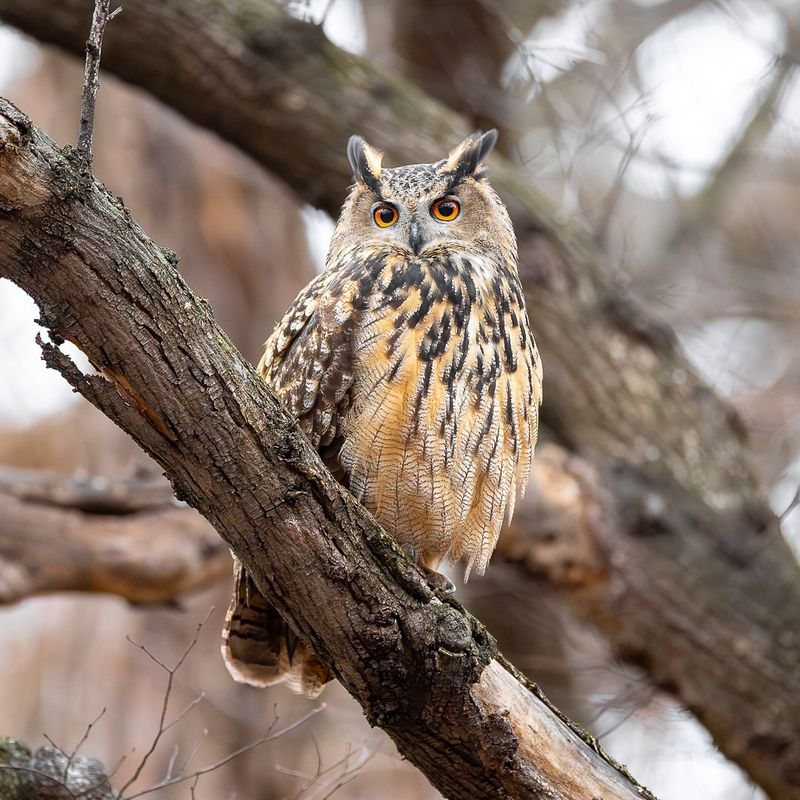
One of the largest owl species, the Eurasian eagle-owl commands attention with its impressive size and striking appearance. Found across Europe and Asia, it inhabits cliffs, forests, and rocky outcrops.
Its powerful talons and keen eyesight make it a formidable hunter, preying on mammals, birds, and even reptiles. This owl’s adaptability allows it to thrive in diverse environments, from remote wilderness to human-altered landscapes.
The deep, resonating hoots of the Eurasian eagle-owl echo across its territory, serving as a reminder of its dominant presence. Its role as a top predator is vital to maintaining ecological balance.
13. Burrowing Owl
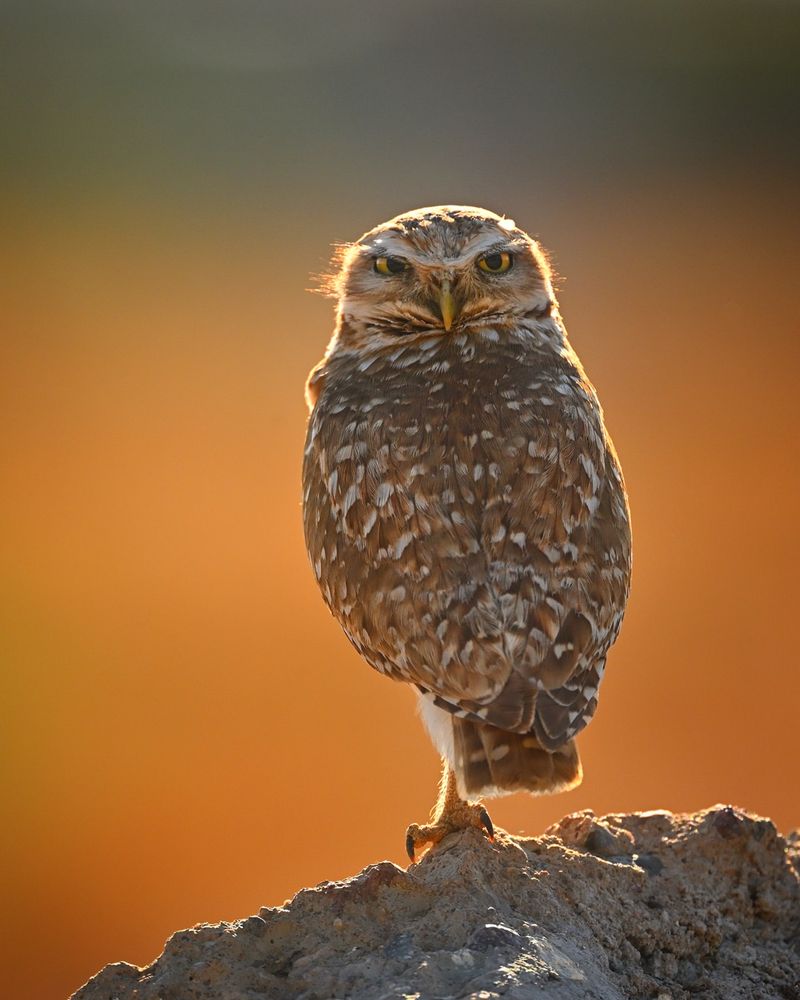
Unconventional among owls, the burrowing owl spends much of its time on the ground. These small, long-legged owls are native to the open landscapes of the Americas, where they inhabit burrows dug by other animals.
Their diurnal and crepuscular habits set them apart from typical nocturnal owls. They feed on insects and small vertebrates, often hunting in daylight.
This adaptability to different lighting conditions aids in their survival. Burrowing owls are social birds, often found in colonies where they engage in cooperative behaviors. Their presence in grasslands and prairies is crucial for pest control, contributing to the health of these ecosystems.


